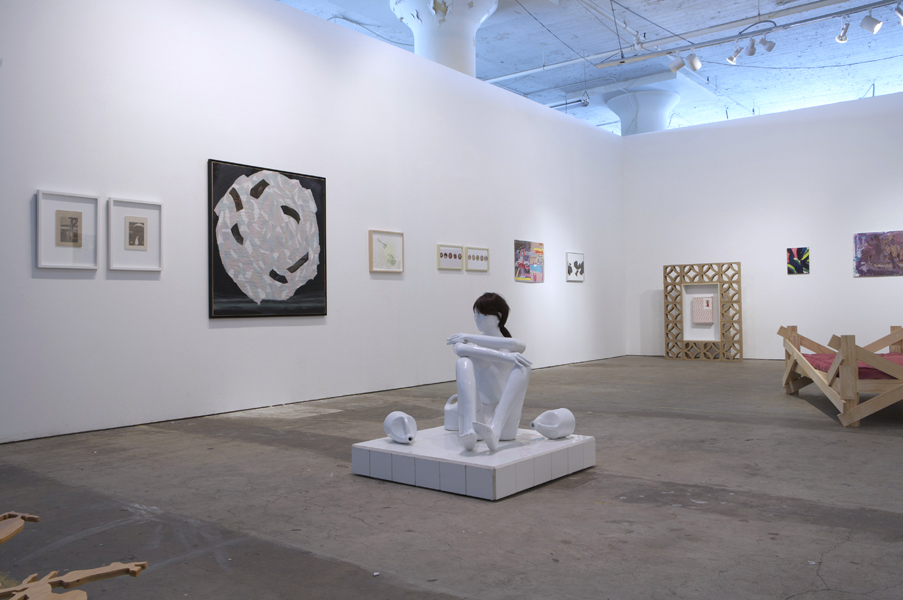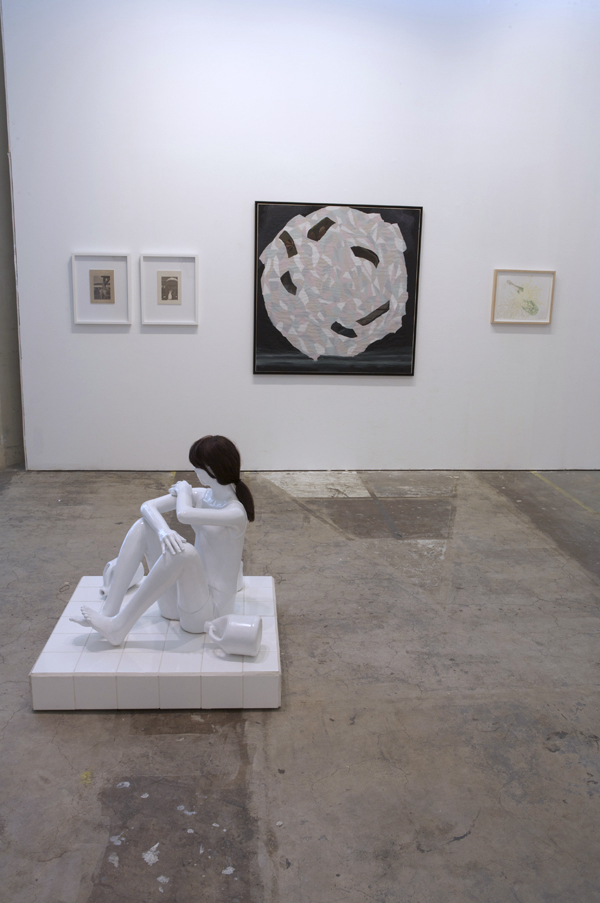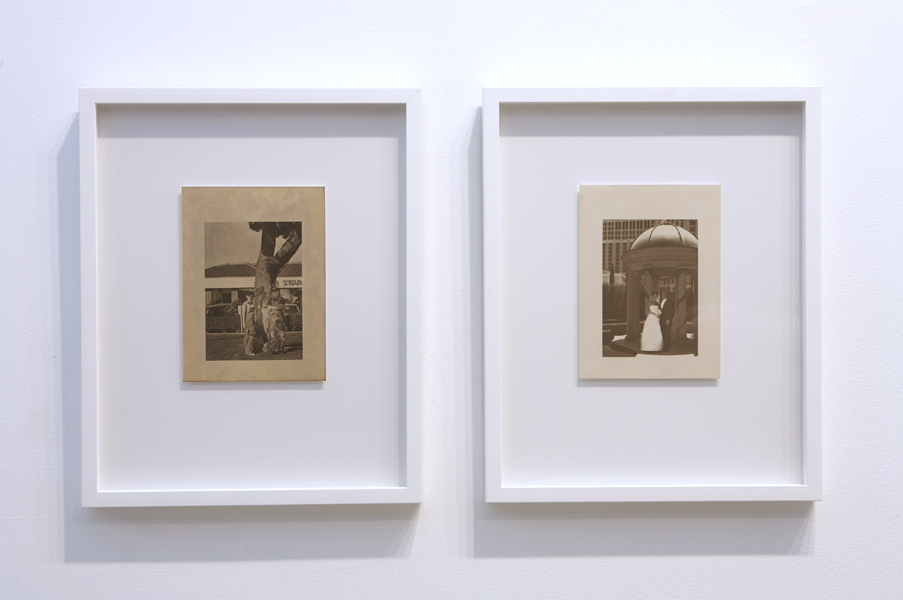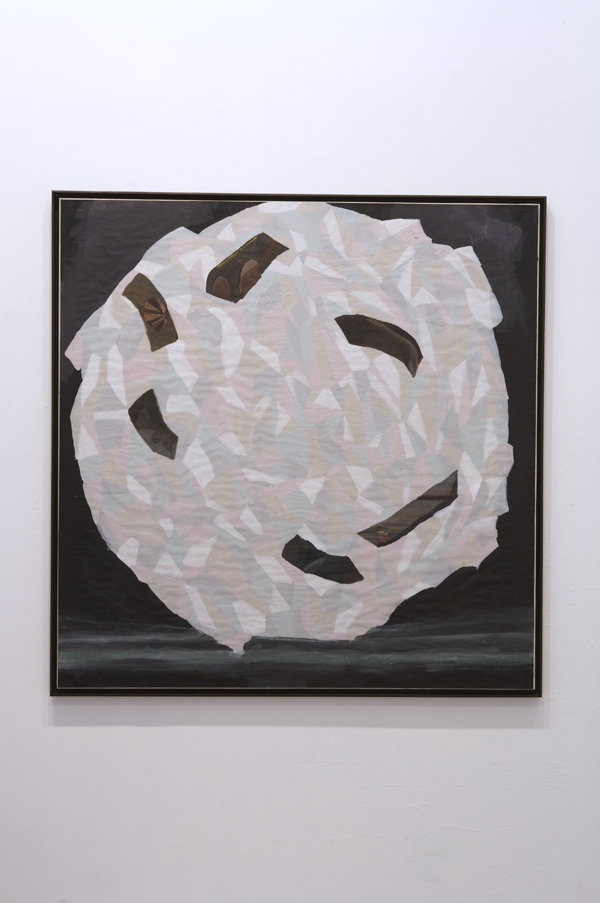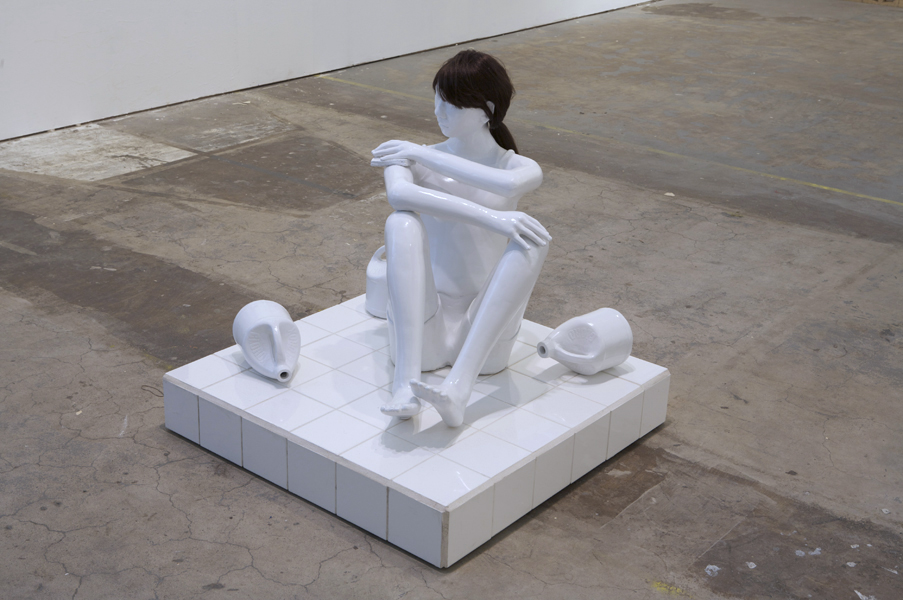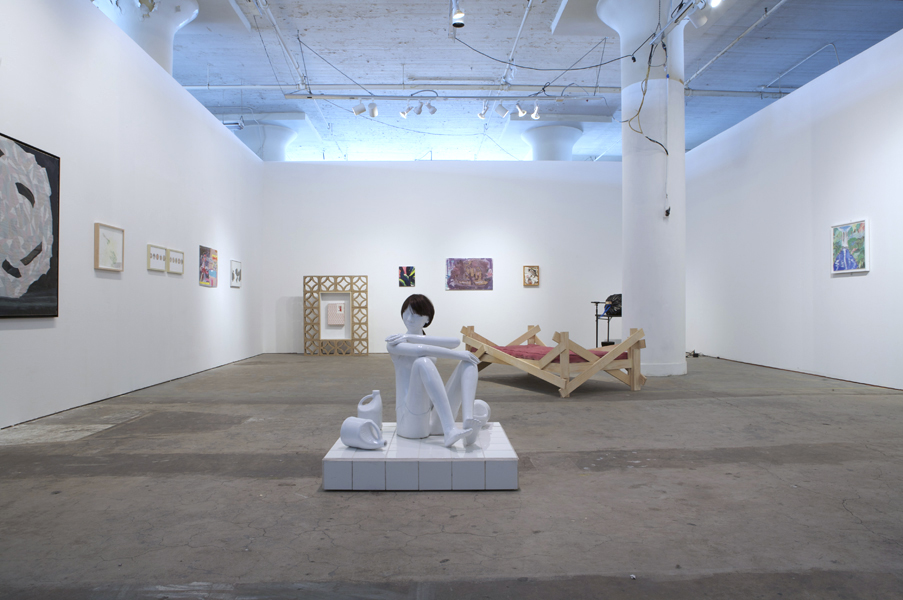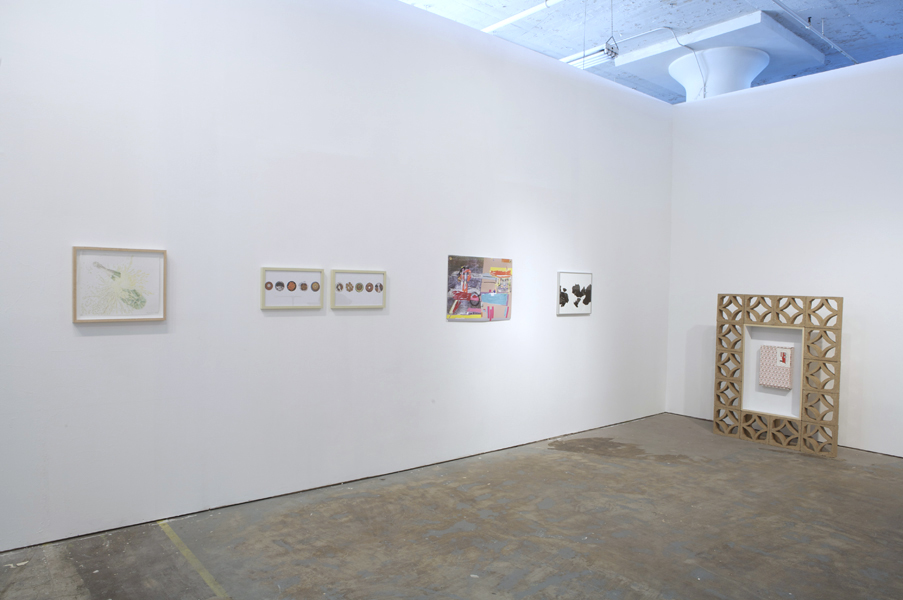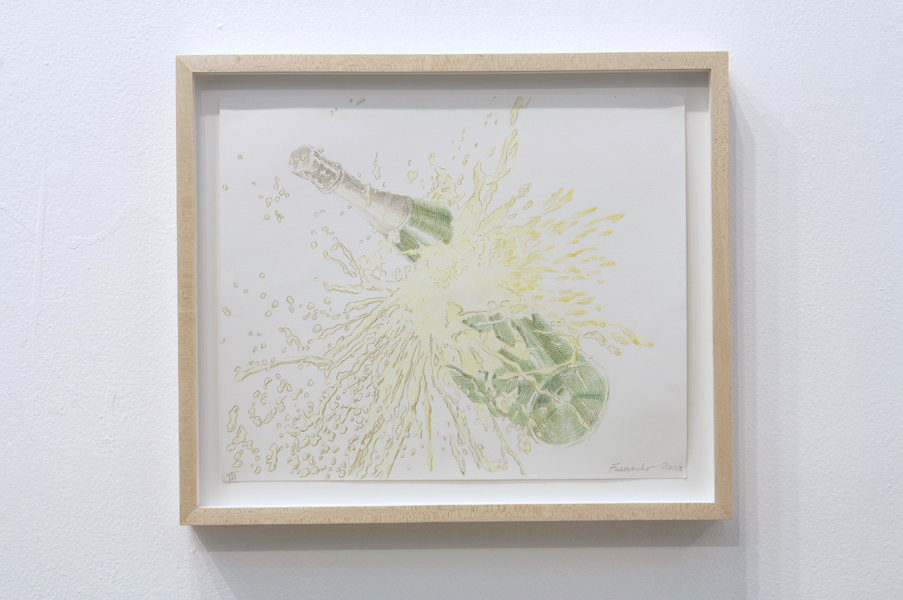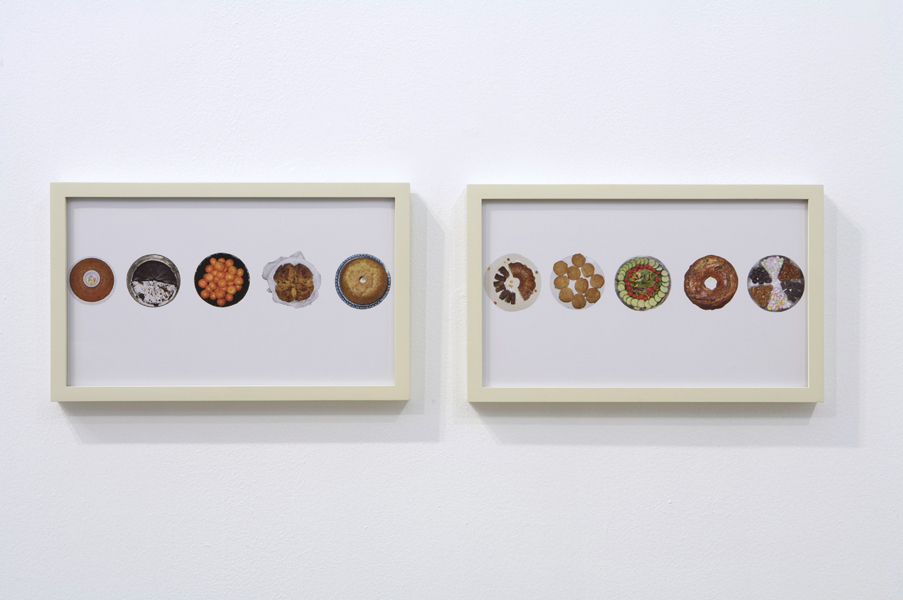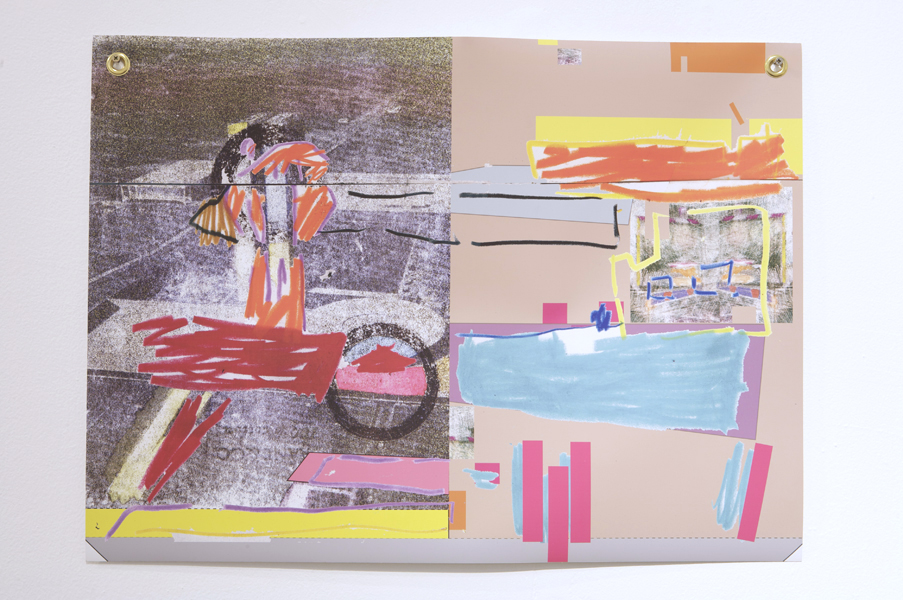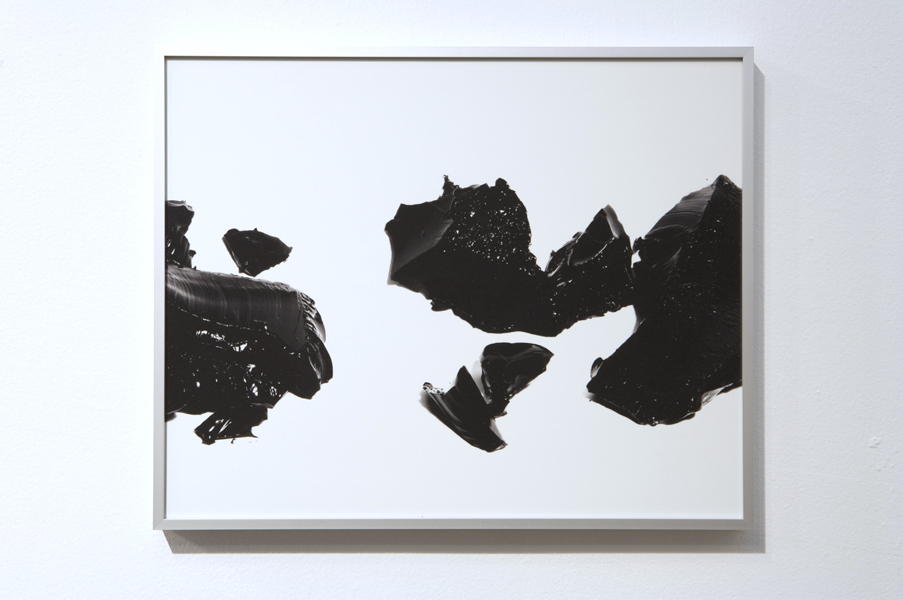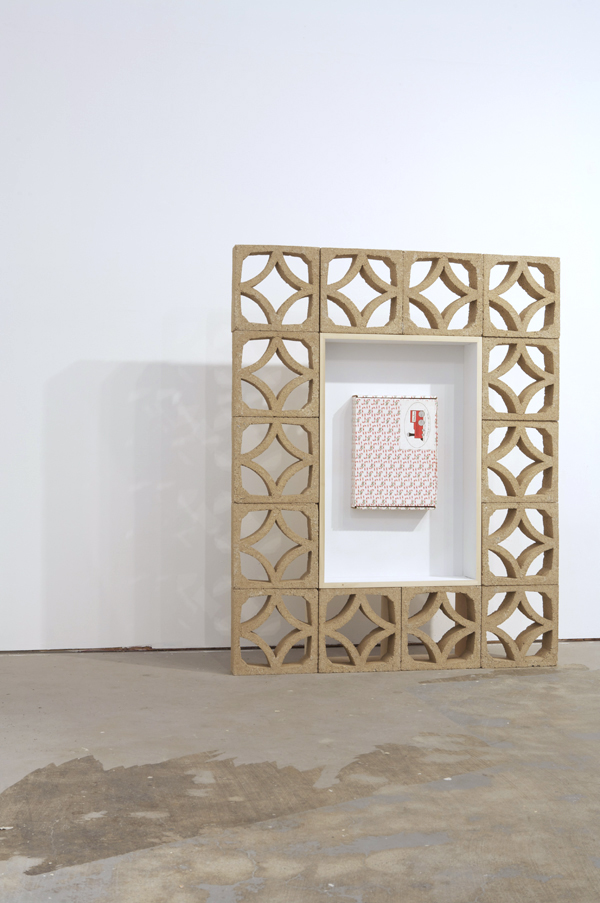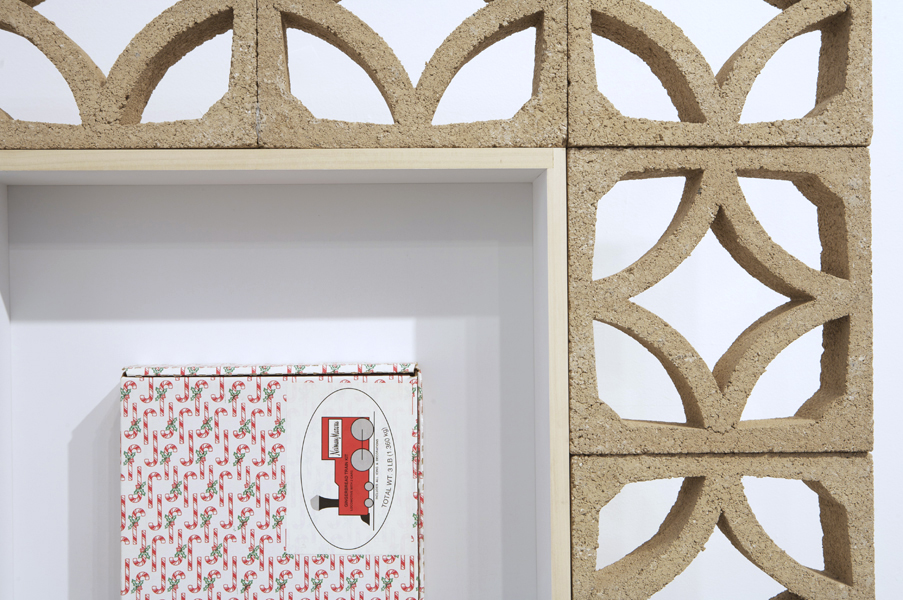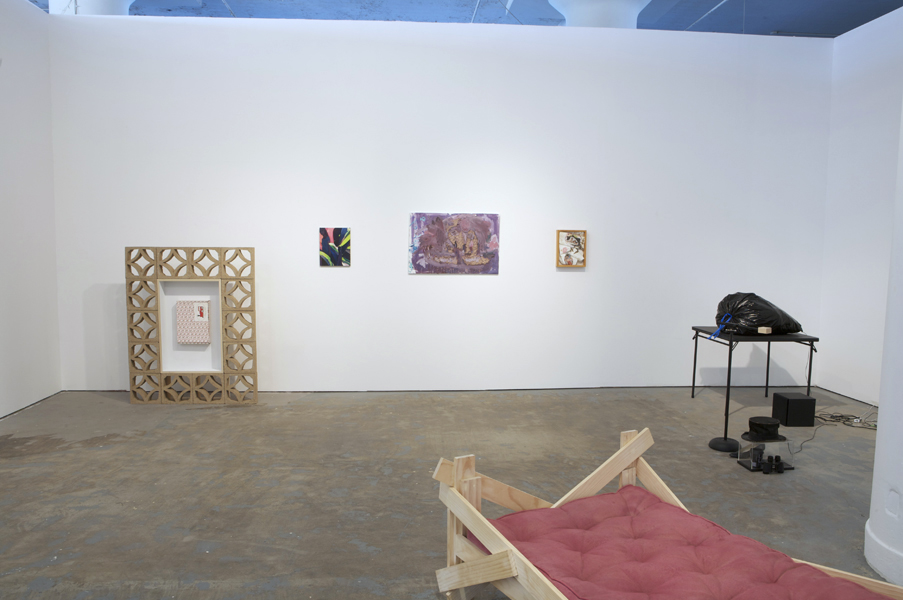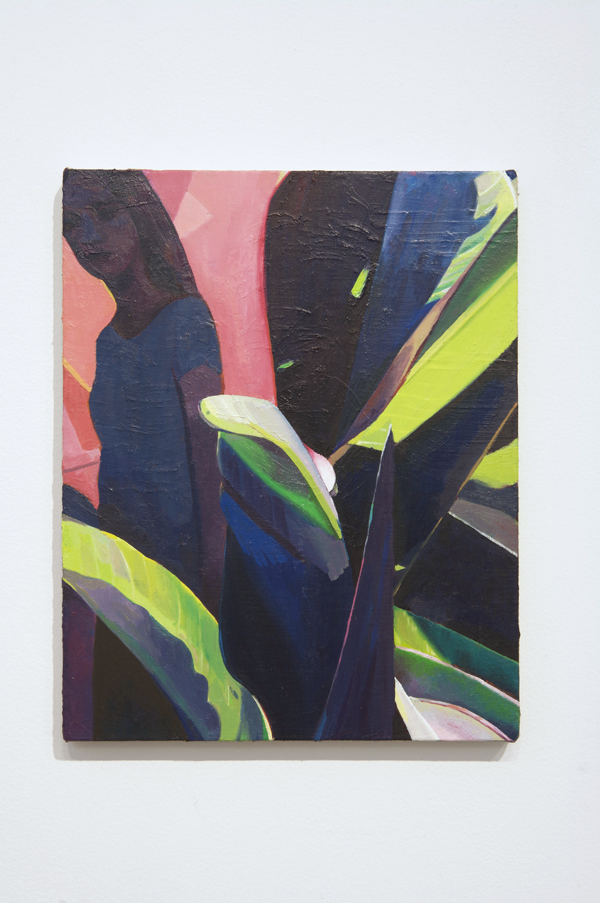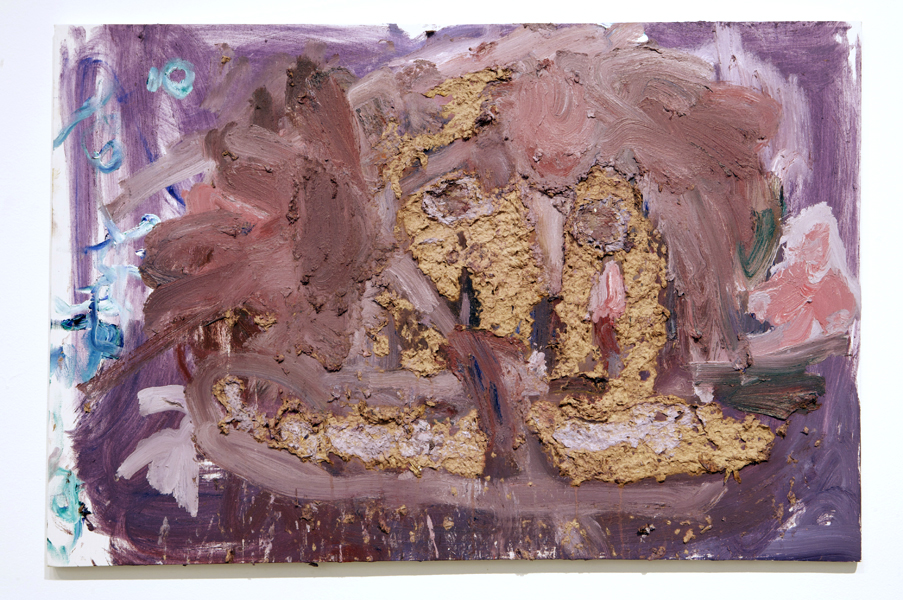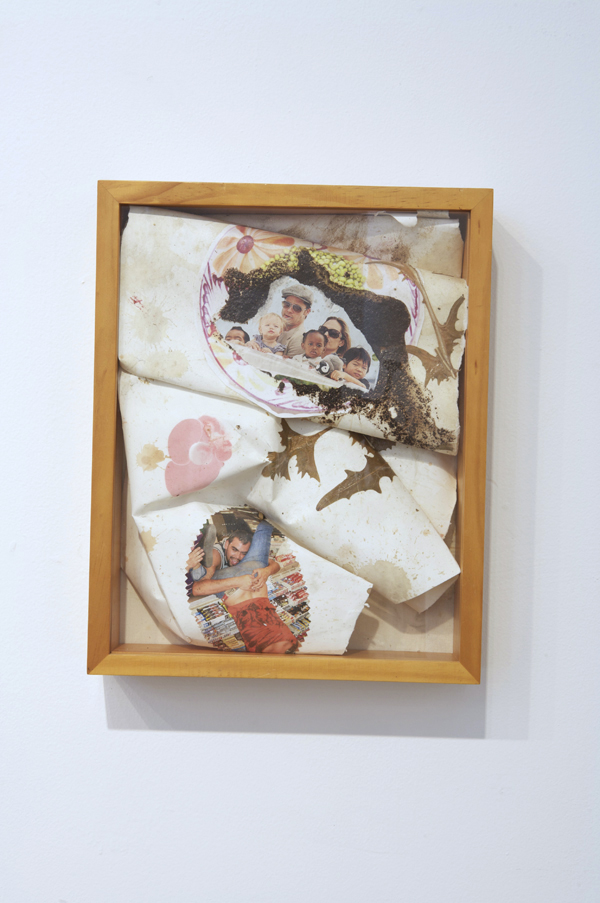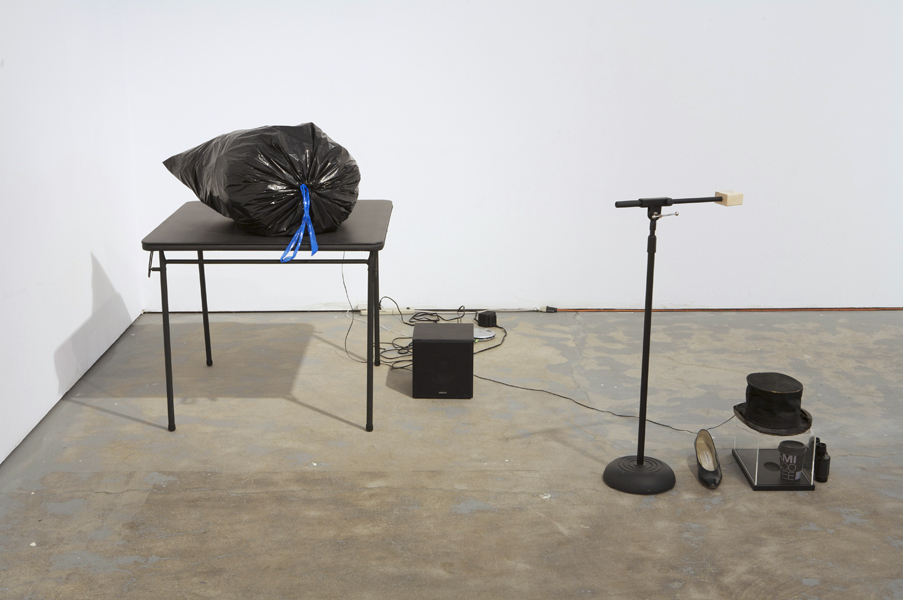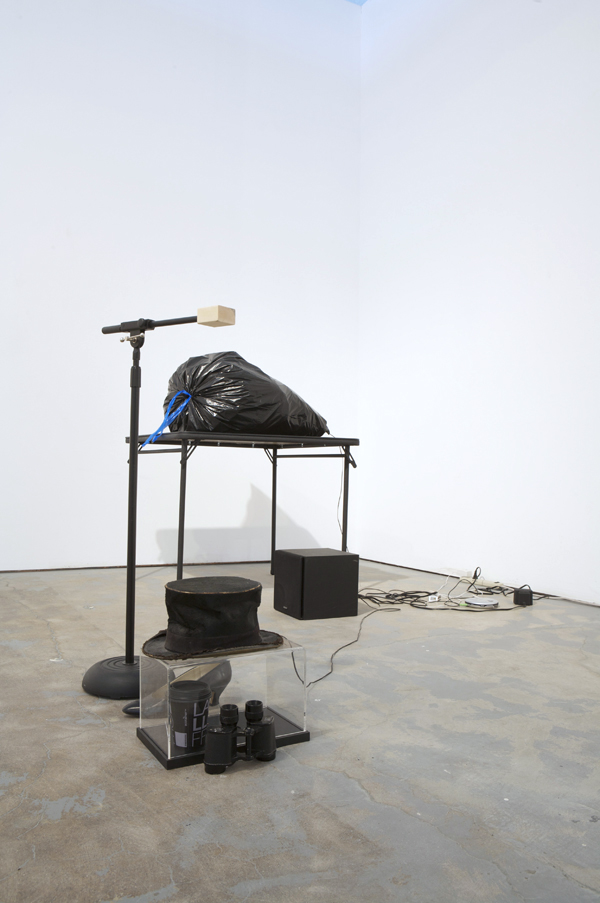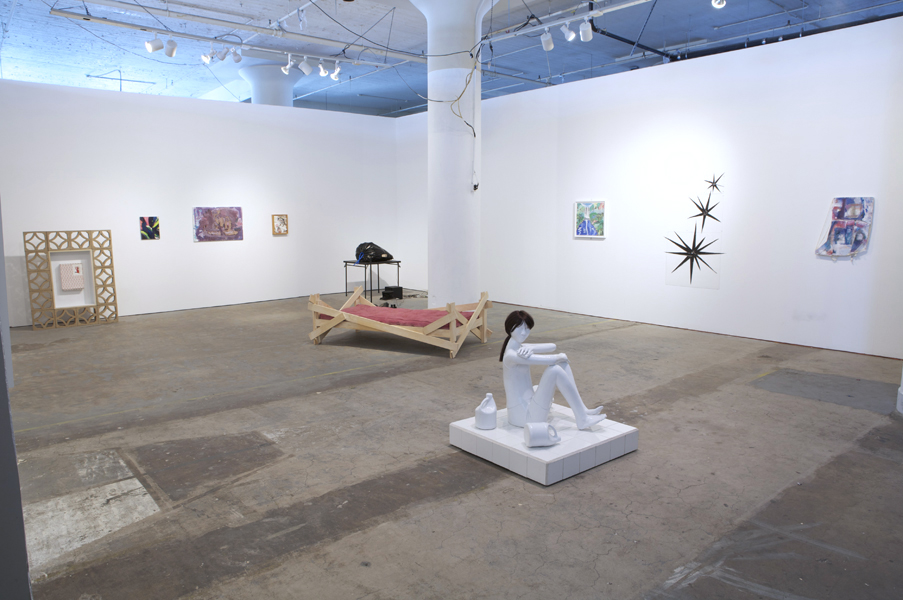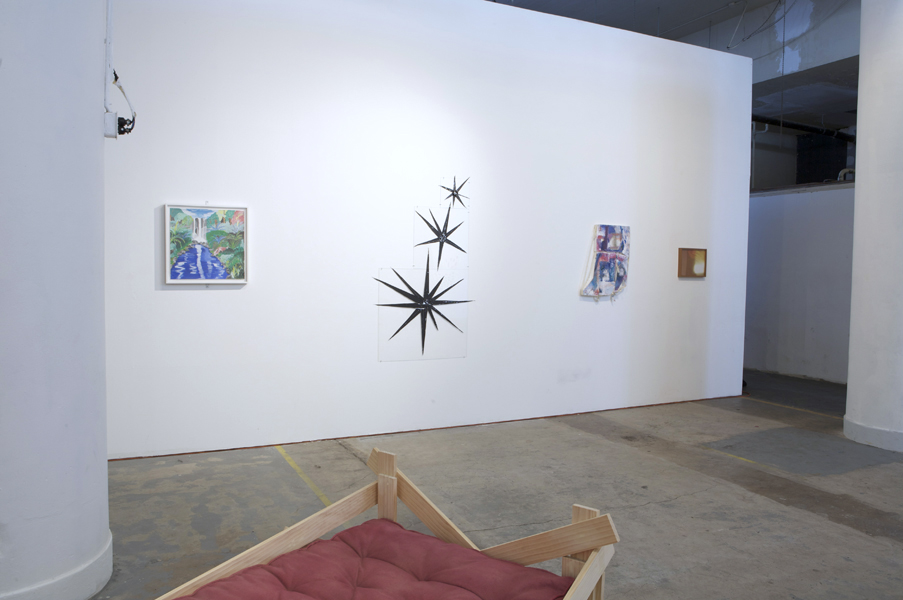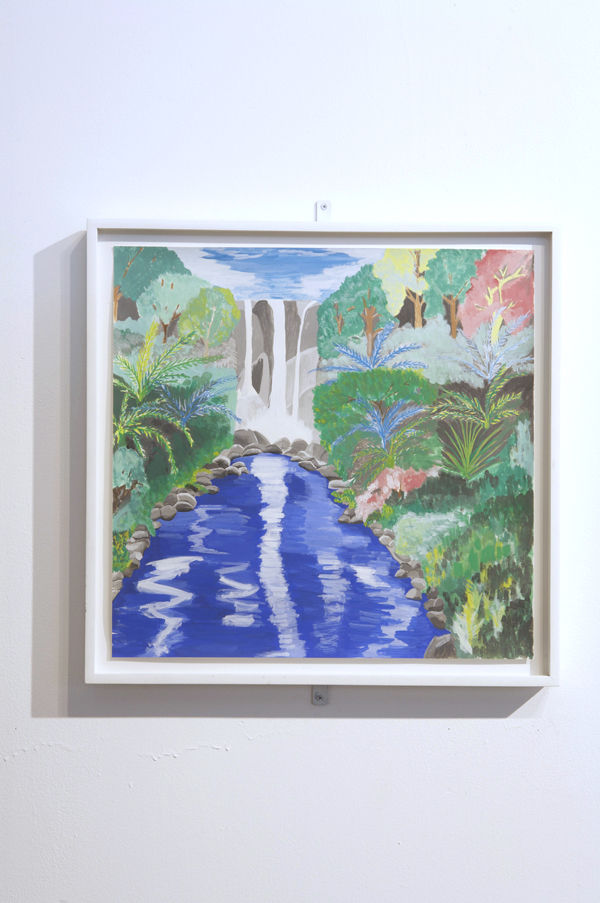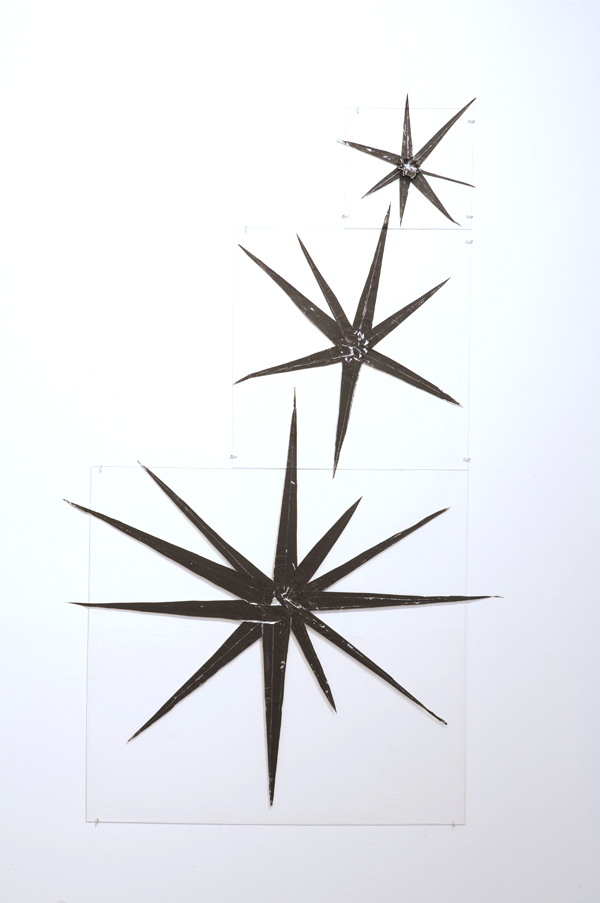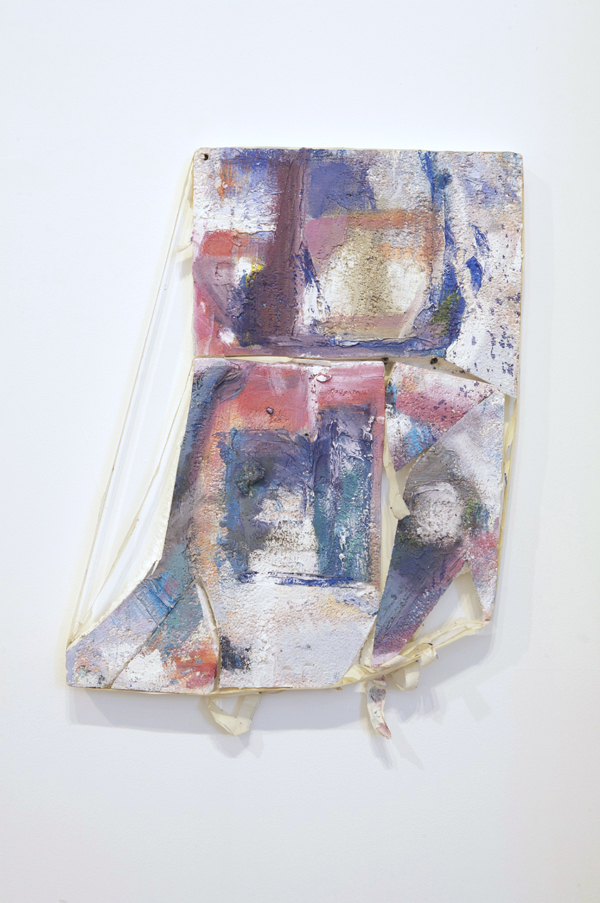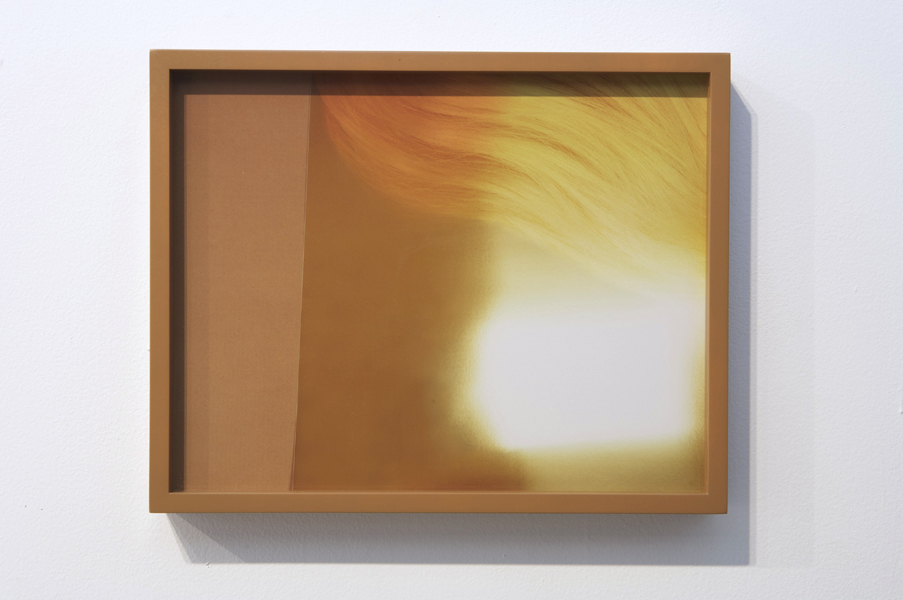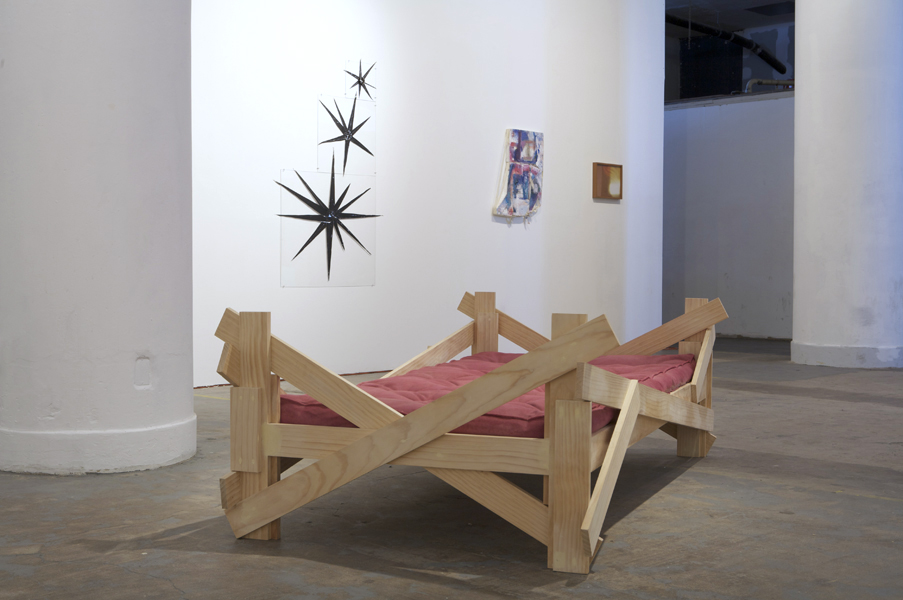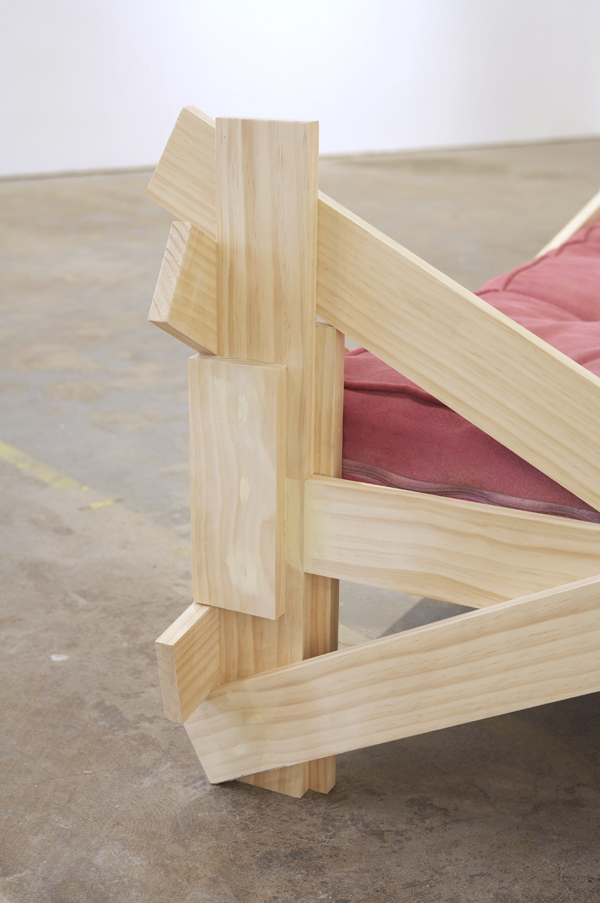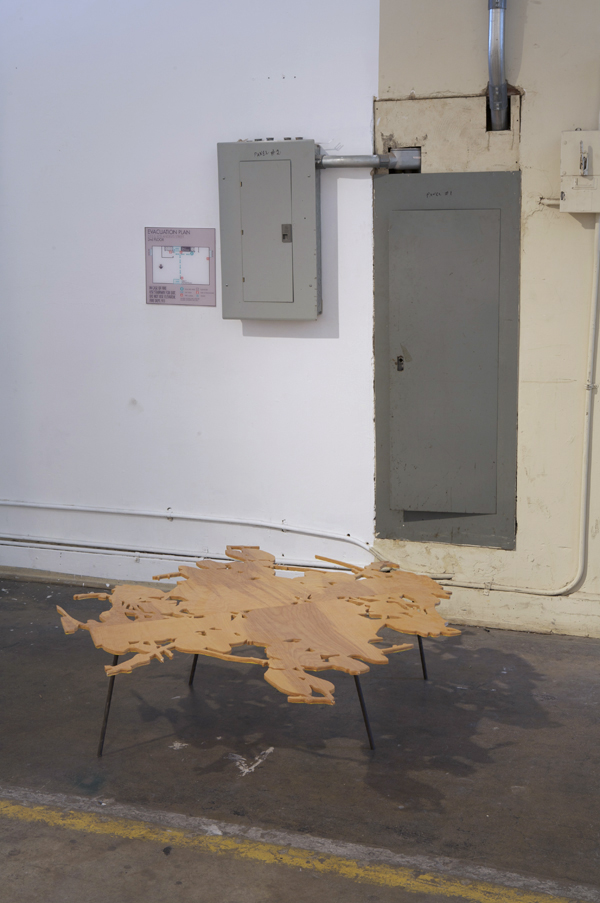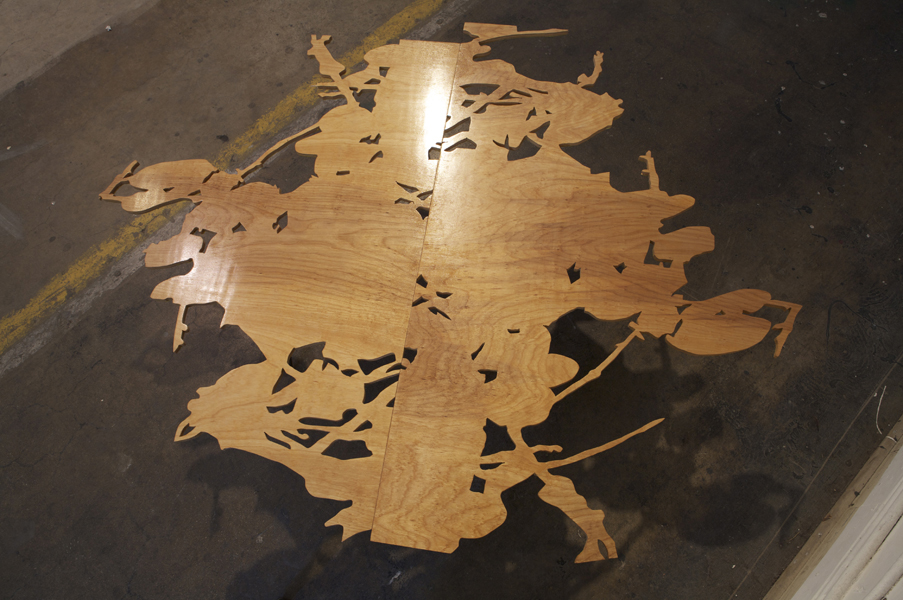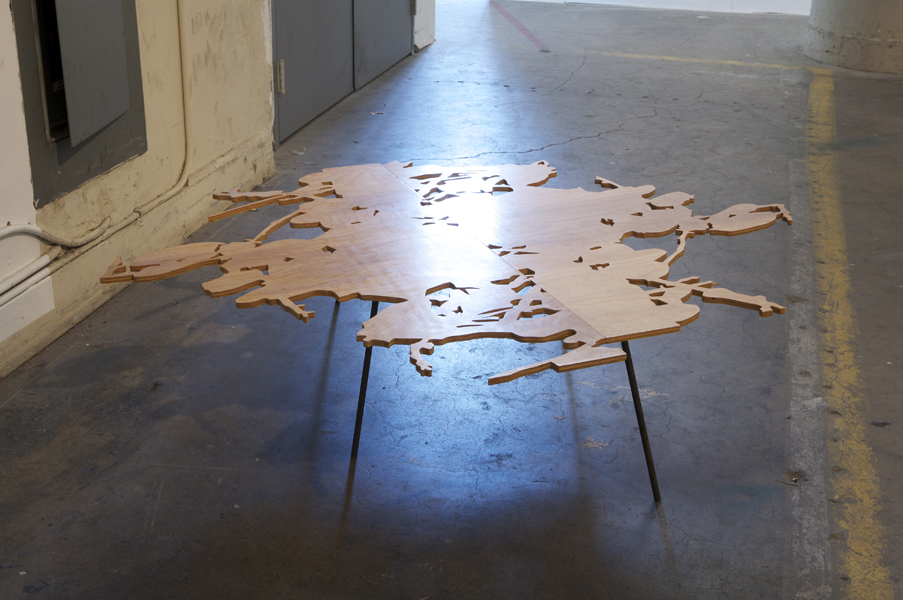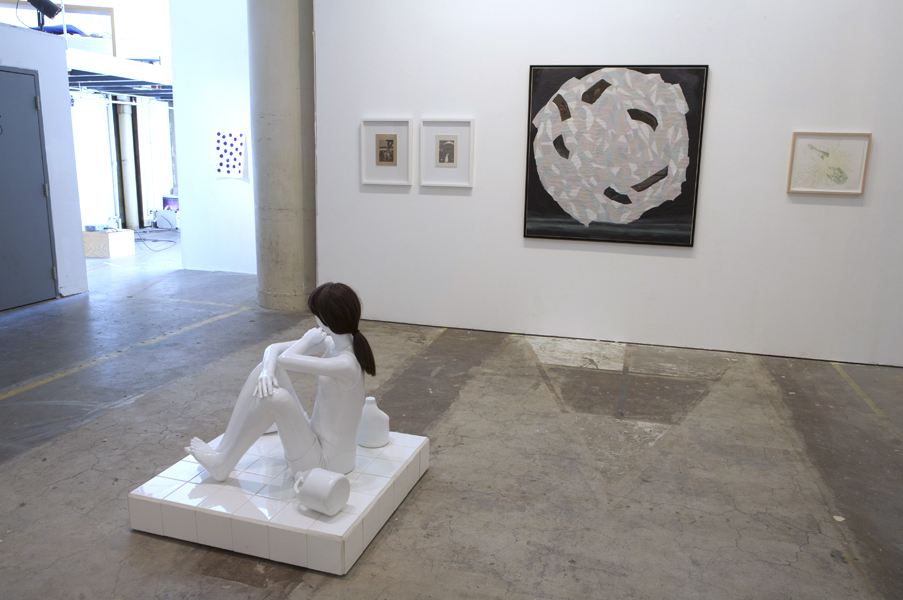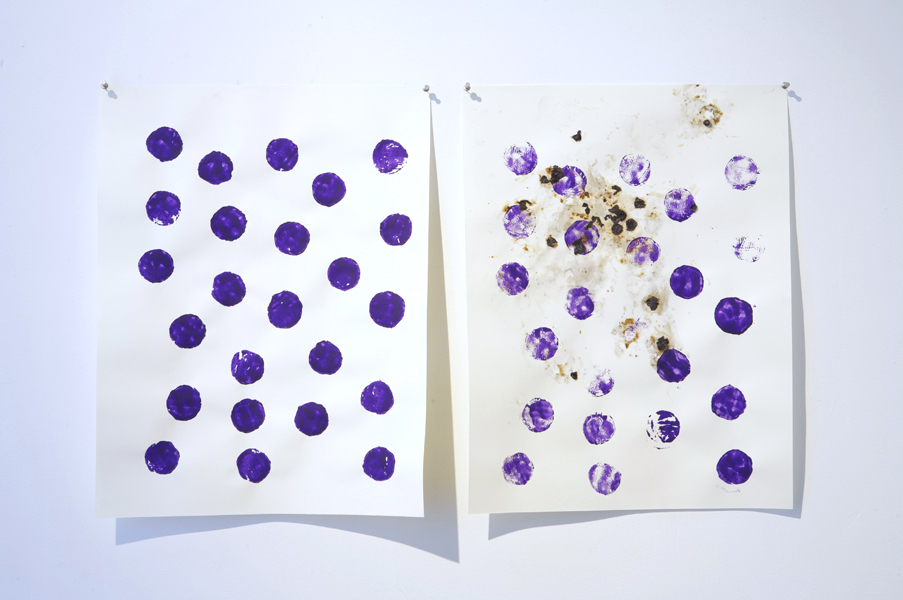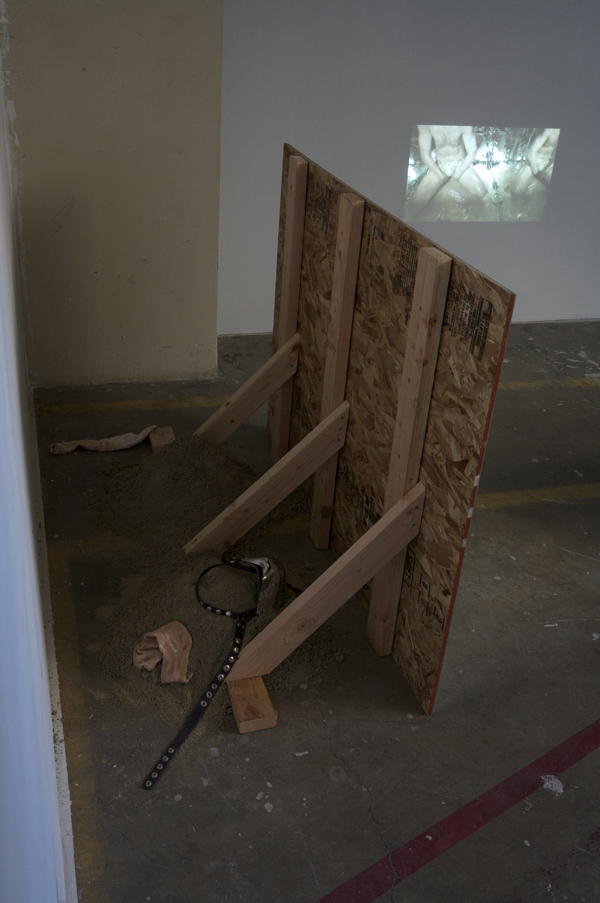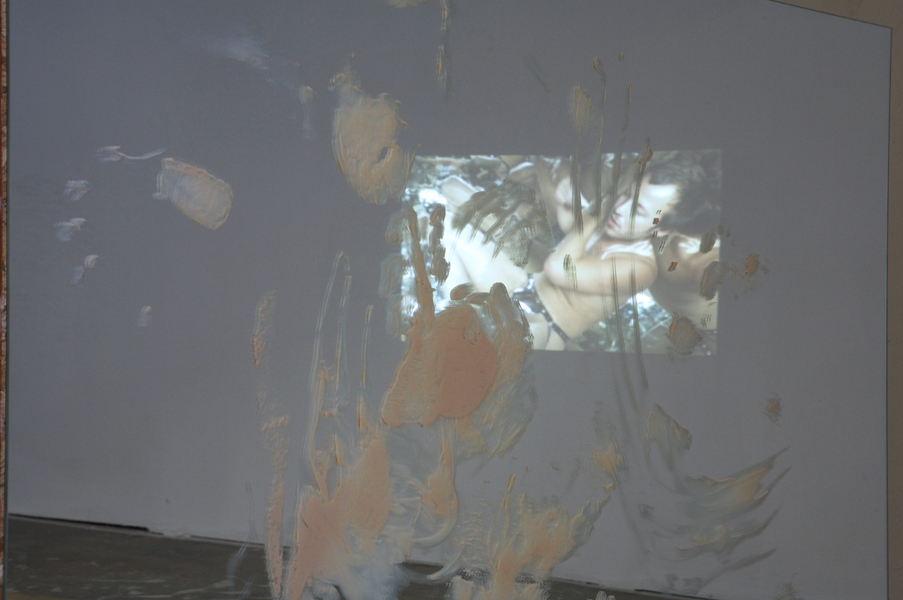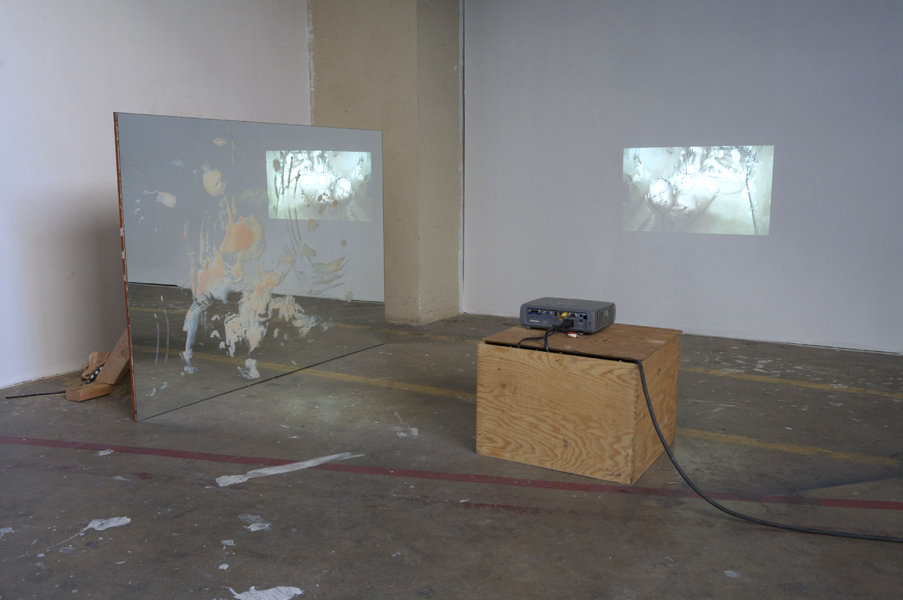THE CHEF'S THEORY
JUNE 6, 2009 - JULY 5, 2009
CURATED BY:
MAHA SAAB
ARTISTS:
JUSTIN BEAL
MATHEW BRANDT
JUSTIN COLE
DANIEL CUMMINGS
LUCY DODD
HEIDE FASNACHT
MANYA FOX
MARK GROTJAHN
JENNIFER GUIDI
VISHAL JUGDEO
JOHN KILDUFF
CHRISTOPHER KREILING
LISA LAPINSKI
ELAD LASSRY
MANUELA LEAL
SPENCER LEWIS
SHADE REMELIN
MATEO TANNATT
MAHA SAAB
DANA WEISER
JAMES WELLING
DESCRIPTION:
“It would even be difficult to plum the depths of the silence that reigned on the veranda.
Beer could be seen running down on to the floor from a mug tilted in one waiter’s hand.”
-Mikhail Bulgakov, The Master and Margarita
The Chef’s Theory delves into the tenure of time, psyche and movement. Contextualizing itself under the mind set of a modern chef, it precedes the notion that anyone can be an artist, of any media. Works engage visual and gustatory senses, from the profane to the sacred. Elements within each piece are noted, detailed, like an author using the specificity of words to validate the condition of his or her protagonist. The recipes are diverse and difficult to repeat. And the contrasting principles of performance and gravity make up the table settings.
Serving as army cook during the French-Prussian war, Auguste Escoffier created a full menu made with small rations. Fruits and vegetables were scarce, salt had nearly disappeared. Dysentery, he felt, was to blame for the inedibility of breads. The final few days of war equated to the final few animals left to cook with. To find a freshly caught rat or rabbit would be considered a reason to feast. The option of choosing what to eat was removed, but the practice of analysis, mixing and improvisation proved inexhaustible.
Years later, this chef became the “founder of modern French haute cuisine” and inventor of the brigade culinary system. The system, used until today, consists of a hierarchical structure, where a vast number of kitchen staff would be delegated special tasks. The concept of time was to be internalized by every specialist in relationship to what they were making. A temperamental chef (i.e. one seen in any given reality television show today) was something he disliked, believing that a relaxed attitude and kitchen staff was something to be proud of and a sign of economic intuition. Considered to be the first celebrity chef, he viewed the menu as a construct of sensibility.
On the ground of unstable times, the modern chef creates and the modern kitchen and restaurant is built. The acts of cooking, eating and watching are spatially divided but socially connected in unprecedented fashion. Kitchens are workspaces while a restaurant is a cinematic experience of everyday design, objects and food. In 1975, then performance artist Chris Burden, transposed the rituals of watching and consuming at Hanson Fuller Gallery in San Francisco. In this performance a young man wearing a waiter’s outfit offered viewers coffee as they looked at the art. The viewers were unaware that they were part of a creative act. The final relic of this performance was the cream pitcher that was used to lighten the caffeine drinks.
From mercurial thoughts, to economic and social commentary the artist also prepares and performs. The artworks and viewer concoct. The chef, in acquiescence, lights a fire and thaws a frozen sea creature. And somewhere outside of Five Thirty Three, Piero Di Cosimo (a painter of perfectly oval heads and breasts as well as “battle scenes of where were sick people spit on walls”), is having one of fifty hardboiled eggs. It is part of his daily regimented diet which, he felt made him not waste his energy on the act of eating and thus reserve it all for the act of painting.
-Maha Saab
DOCUMENTATION: Wild Don Lewis
